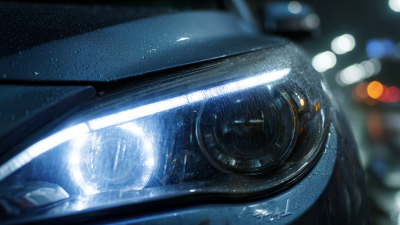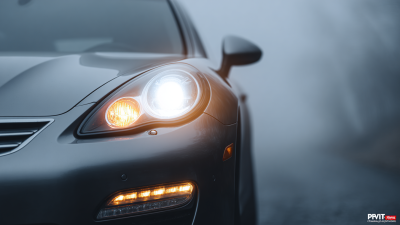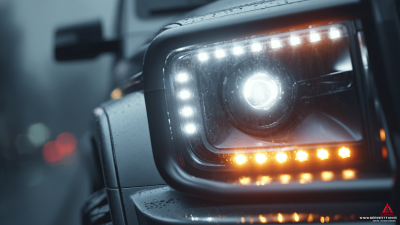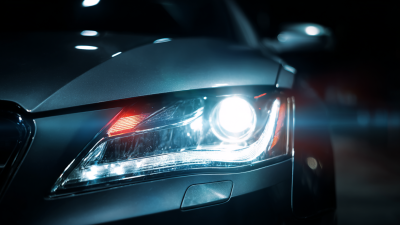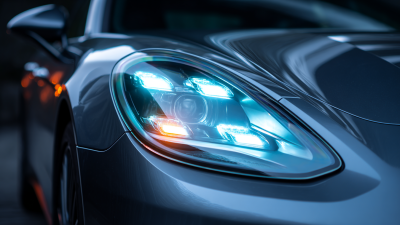When it comes to enhancing visibility and safety on the road, choosing the right LED driving lights for your vehicle is crucial. According to a recent industry report by the Automotive Lighting Market, the global market for automotive LED lighting is expected to reach approximately $41 billion by 2024, driven by advancements in technology and consumer demand for energy-efficient lighting solutions. LED driving lights not only offer superior brightness and longer lifespan compared to traditional halogen bulbs, but they also consume less power, making them an eco-friendly choice. With so many options available, understanding the key features and specifications is essential to make an informed decision that meets your driving needs and lifestyle.
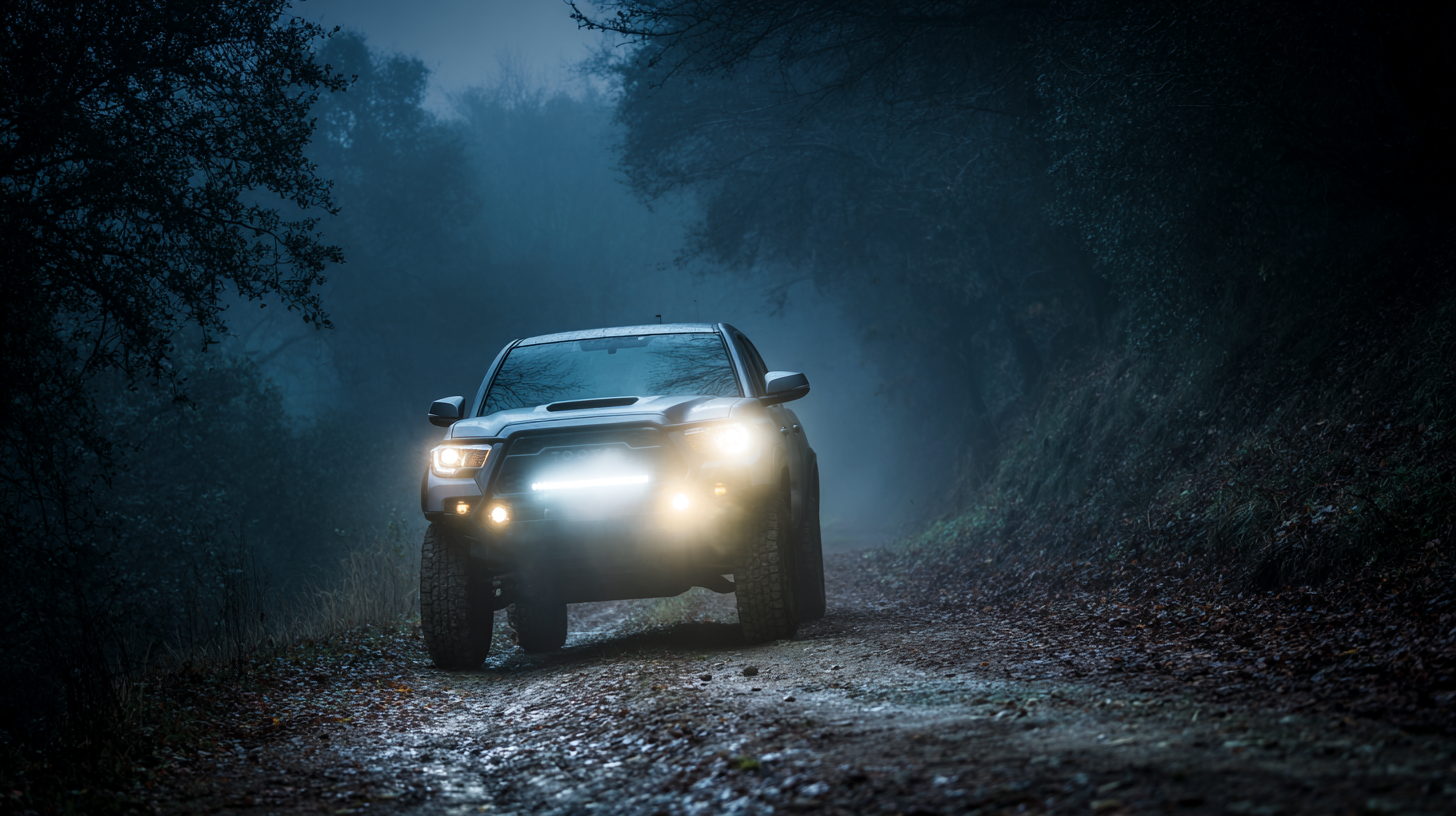
When selecting LED driving lights for your vehicle, several factors should be taken into consideration to ensure you make the best choice for your specific needs. First and foremost, consider the brightness and beam pattern of the lights. Different driving conditions may require varying intensities of illumination. For instance, off-road enthusiasts may need brighter lights with a wider beam to illuminate unpaved paths, while those using their vehicles primarily on highways might prefer lights with a focused beam that enhances long-range visibility.
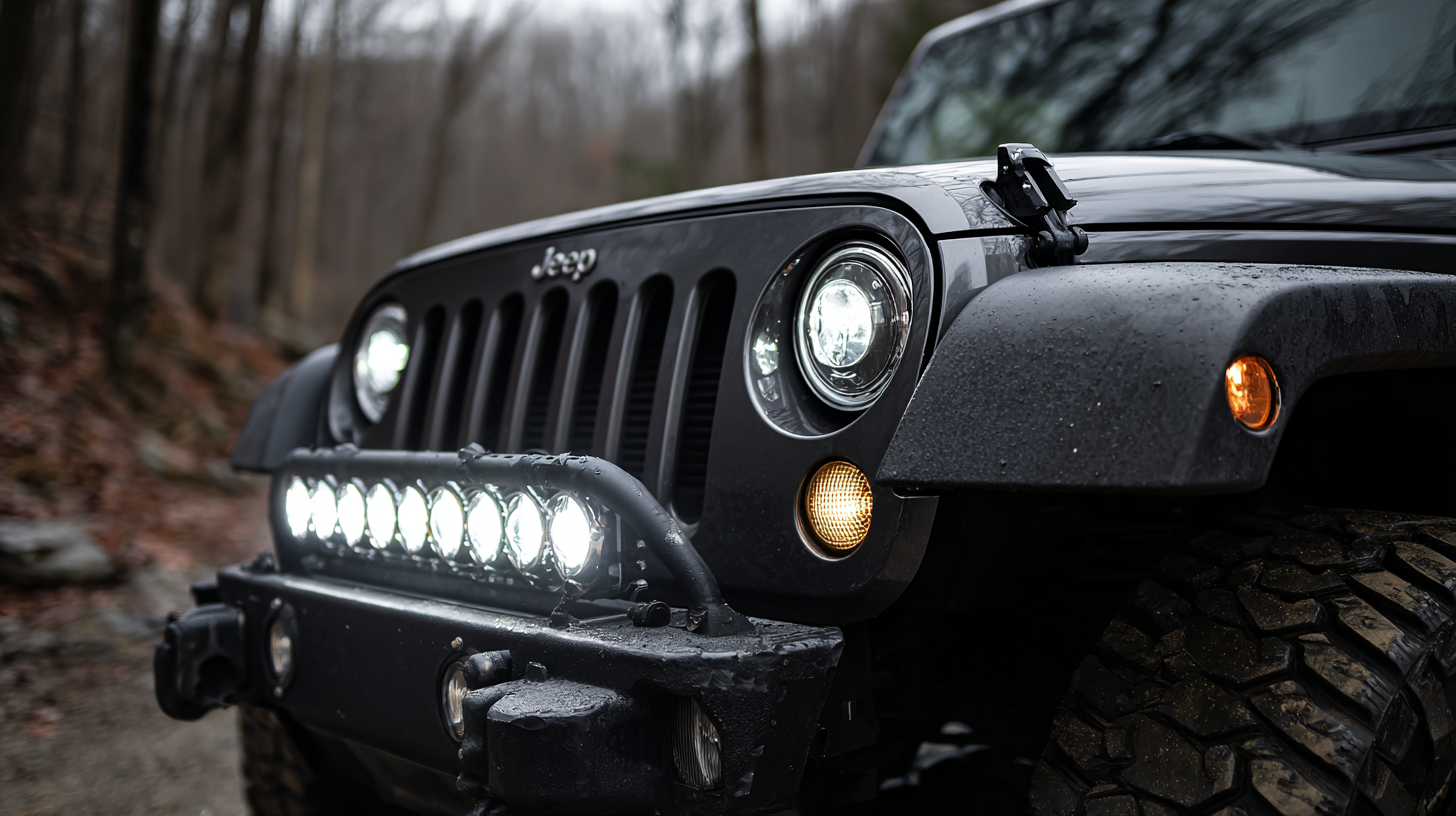
Another critical aspect to examine is the durability and weather resistance of the LED lights. Given that driving lights are exposed to a range of environmental conditions, it is essential to choose products that boast high IP ratings for water and dust resistance. Additionally, look for robust materials that can withstand vibrations and impacts, which are common in off-road situations. Lastly, consider the ease of installation and compatibility with your vehicle. Some LED lights come with all necessary components and clear instructions, while others may require additional wiring or brackets, which could complicate the installation process.
Upgrading to LED driving lights offers a multitude of benefits that can significantly enhance your driving experience. First and foremost, LED lights provide superior brightness compared to traditional halogen bulbs. This increased visibility not only improves your ability to see the road ahead, especially in low-light conditions, but also helps other drivers see you, thereby enhancing safety on the road.
Another notable advantage of LED driving lights is their energy efficiency. LEDs consume less power than conventional lighting systems, which means your vehicle's electrical system doesn’t have to work as hard. This can lead to less strain on your alternator and potentially longer battery life. Additionally, LED lights have a longer lifespan. They are designed to last significantly longer than halogen or incandescent bulbs, reducing the need for frequent replacements and ultimately saving you money over time.
Furthermore, LED lights can be customized in terms of color temperature, allowing drivers to choose a hue that enhances visibility based on their driving conditions. Whether you opt for a bright white light for optimal clarity or a slightly warmer tone, LEDs can be tailored to fit your preferences. This versatility not only adds to the aesthetic appeal of your vehicle but also improves functionality.
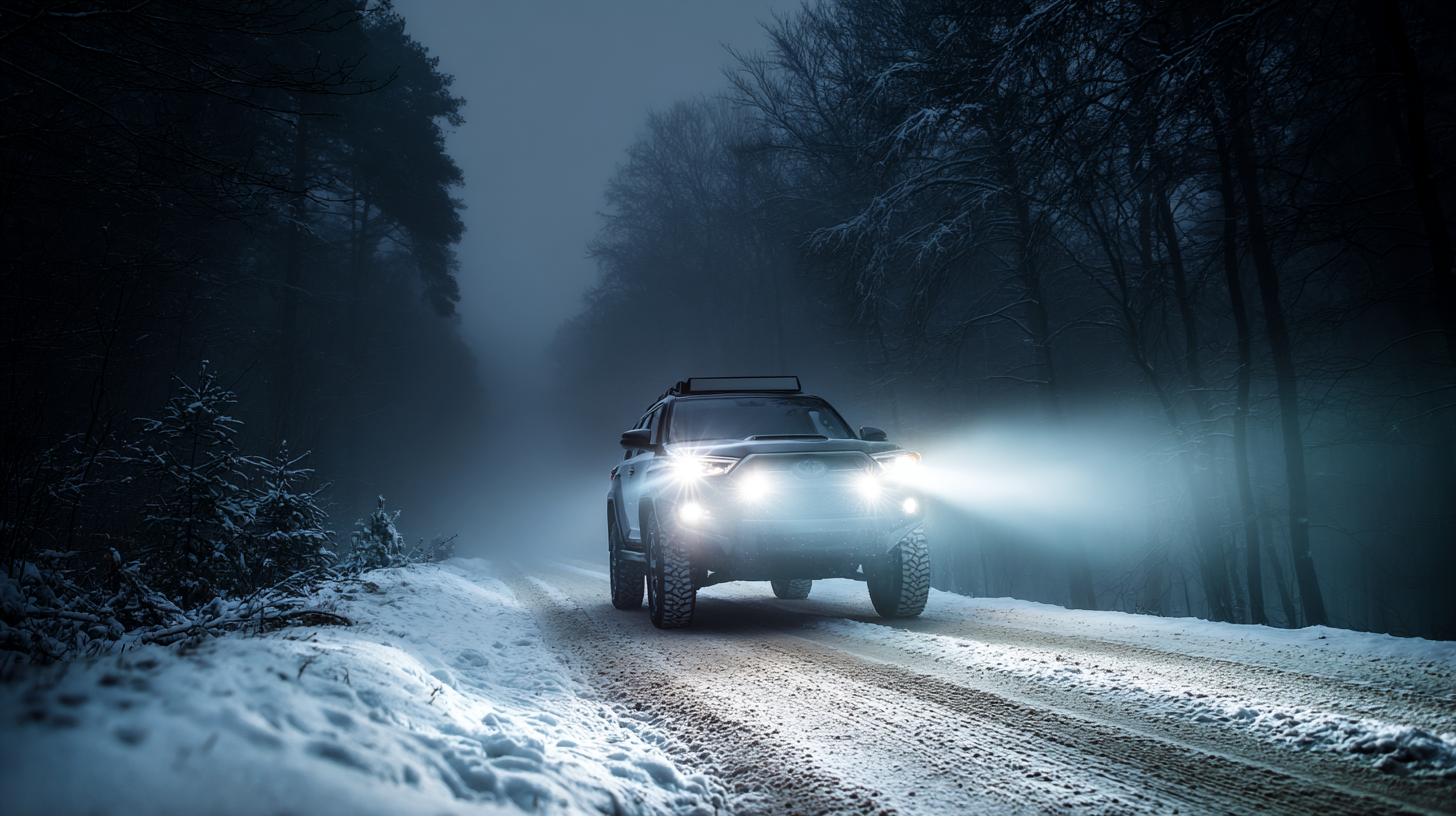
When choosing the best LED driving lights for your vehicle, determining the right brightness and beam pattern is crucial for your visibility and safety on the road. Brightness is typically measured in lumens; the higher the lumen count, the brighter the light. However, more lumens do not always equate to better performance for every driving scenario. Consider your typical driving environment—if you frequently drive in poorly lit areas, higher lumens may be beneficial. Conversely, if your driving is mostly on well-lit roads, you may opt for lower lumens to avoid glare and enhance visibility without blinding other drivers.
Beam pattern also plays a significant role in how effective your LED driving lights will be. The two main types of beam patterns are spot beams, which provide focused illumination over long distances, and flood beams, which offer a wider field of light for close-range visibility. Spot beams are ideal for off-road driving or fast-paced situations, while flood beams are better for navigating tight spaces or in urban settings. Some LED lights even offer hybrid patterns, combining both spot and flood capabilities. Assessing your driving habits and conditions will help you choose a light that not only meets your brightness needs but also complements the beam pattern for optimum performance.
| Feature | Description | Recommended Values |
|---|---|---|
| Brightness (Lumens) | Measures the total light output of the LED lights. | 2000 - 6000 Lumens for optimal performance. |
| Beam Pattern | The shape of the light spread, which affects visibility. | Spot, Flood, or Combination. |
| Color Temperature (Kelvin) | The perceived color of the light emitted. | 6000K - 6500K is ideal for clarity. |
| Power Consumption (Watts) | Energy used by the lights to operate. | 20W - 50W |
| Lifespan (Hours) | Average duration the lights will operate before failing. | 30,000 to 50,000 hours |
| Water Resistance | The ability to withstand water exposure. | IP67 or higher is recommended. |
| Mounting Options | Types of mounts available for installation. | Bar, Straight, Adjustable |
When selecting LED driving lights for your vehicle, it's crucial to focus on several essential features that enhance visibility and performance. One of the foremost factors to consider is the brightness of the lights, typically measured in lumens. Opting for a higher lumen output ensures better illumination, allowing you to navigate dark roads safely. Additionally, the light pattern is vital; a good driving light should provide a broad and even spread of light to illuminate both the road ahead and the surrounding areas, reducing blind spots.
Durability and weather resistance are other critical features to prioritize. Look for LED driving lights encased in rugged materials that can withstand harsh conditions, such as heavy rain, dust, or impact. The Ingress Protection (IP) rating is a helpful guideline; aim for IP67 or higher for full protection against dust and temporary immersion in water. Lastly, consider the energy efficiency and heat management of the lights. Quality LED lights consume less power while generating less heat, extending their lifespan and ensuring they perform optimally over time. These features combined will guarantee that you choose the best LED driving lights for your needs.
When it comes to installing LED driving lights, achieving optimal performance hinges on a few critical factors. First and foremost, selecting the right mounting position is essential. LEDs should be positioned at a height and angle that maximizes their illumination without blinding other drivers. Typically, lights should be installed at or above the vehicle’s bumper, directing beams slightly downward for the best spread on the road. This positioning not only enhances visibility but also prevents glare for oncoming traffic, ensuring compliance with road safety regulations.
Another vital aspect of installation is the wiring setup. Proper wiring is crucial for the effective operation of LED lights. Users should ensure that the harness is heavy-duty and compatible with the vehicle’s electrical system to handle the increased load. Using waterproof connections can also protect against corrosion and other environmental factors that could impair functionality. Additionally, securing the lights firmly to prevent vibrations during driving will help maintain their angle and effectiveness over time. By focusing on these installation tips, drivers can maximize the longevity and performance of their LED driving lights, enhancing daytime and nighttime visibility.
This chart represents the average brightness (measured in lumens) and range (in meters) of various types of LED driving lights available for vehicles. Higher brightness and range are critical factors in ensuring optimal performance during nighttime driving.

